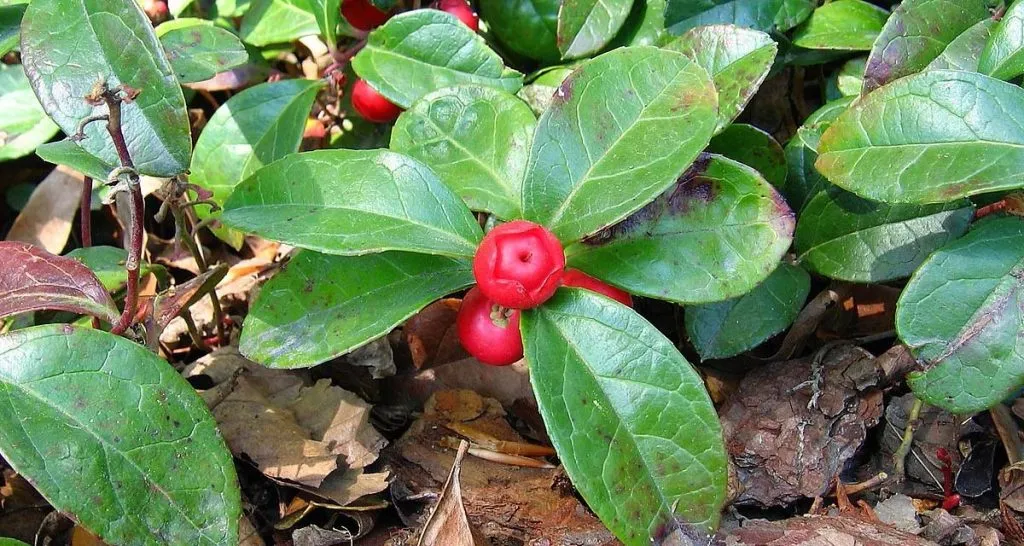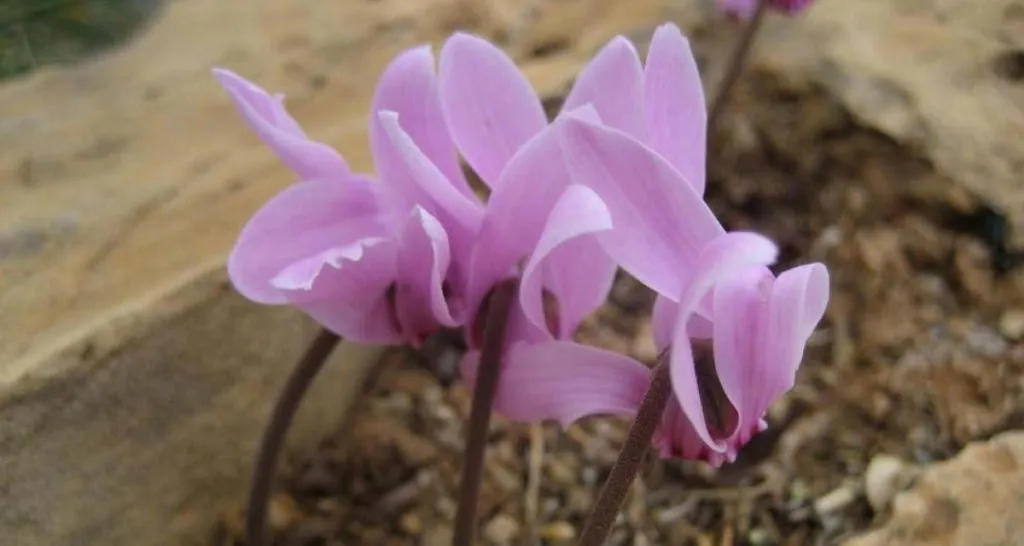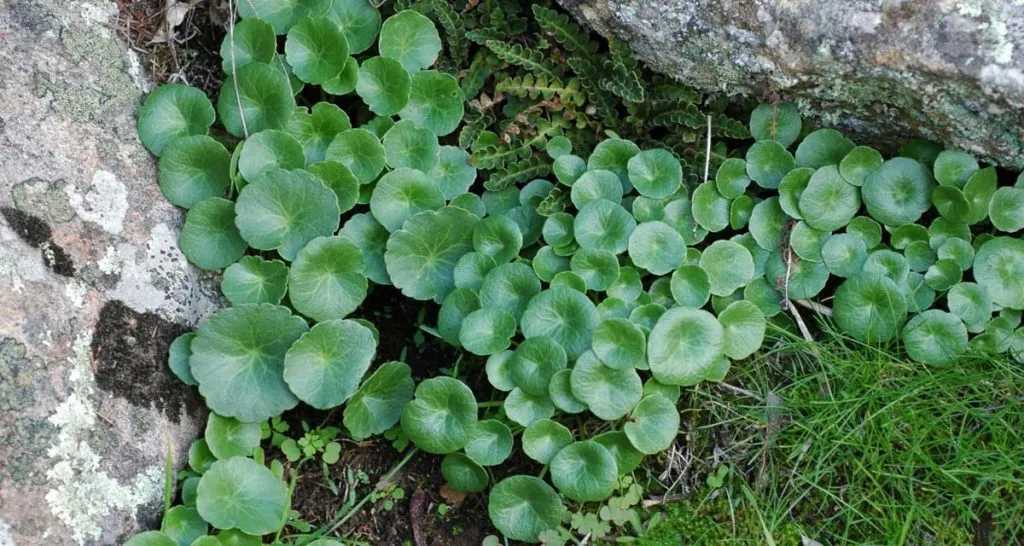Table of Contents
Unknown plants with medicinal properties
Various investigations have shown that primitive man already used various plants archaically as food and for therapeutic purposes. And it is that human evolution has consisted of trial and error, being more than likely that many humans died when testing totally toxic plants.
As they stored data on the different medicinal plants consumed, hominids learned about their effects, which at that time were mainly based on calming stomach pain, stimulating metabolism and reducing physical pain.
The history of natural medicine has evolved according to the civilizations that lived according to the time. Among them, the Greek, Roman, Phoenician, Chinese, Arab, and Hindu are the ones that have contributed the most to humanity in reference to this field of research.
Although there are many medicinal plants recognized by the scientific community, there are others that still need to figure out their way. We present some of them that are so well known to all.
1. Ashwagandha
The Ashwagandha plant is a great reference in the Ayurveda medicine of the Indian country, used for hundreds of years to control stress, stimulate the body’s metabolism and allow us to increase our concentration.
This plant of difficult pronunciation is a branched shrub native to India, although we can also locate it in some subtropical countries of Southeast Asia. The benefits of the plant are achieved from the extract of the root or leaves of the plant.
Some of the benefits of Ashwagandha are as follows:
- Reduces anxiety and stress: It has activity on the mediators of stress, cortisol and the N-terminal protein kinase, as well as intervenes in the complex system of our organism that regulates the response to stress.
- You may have activity about depression: Although there is no clear relevance yet, it is believed that Ashwagandha may help reduce the indirect symptoms of depression, related to stress, anxiety and even attacks of schizophrenia.
- Increases activity and strength: it can have beneficial effects on athletic performance, increasing physical performance and available oxygen.
- Relationship with male fertility: The root extract of this plant can stimulate testosterone production and influence male fertility, where several small studies have shown that this plant increased from 18% in DHEA-S (hormone involved in testosterone production).
- Reduction of inflammation: ashwagandha contains polyphenols and compounds that have direct activity on reducing inflammation, with scientific evidence to reduce inflammatory markers in humans.
2. Wintergreen

Of the wintergreen (Wintergreen procumbens or Wintergreen fragantissima) an essential oil with anti-inflammatory properties is extracted. In fact, it is common to see that this oil is part of the compendium of ingredients of many creams and oils that are used to soothe muscle inflammation.
Wintergreen is another shrub that grows in continental areas whose essential oil (wintergreen oil) is characterized by having a high concentration of methyl salicylate. This compound has a certain relationship with the aspirin of a lifetime (acetylsalicylic acid), so it is attributed anti-inflammatory capacity and slight analgesic activity.
Because it is an oil, its application is topical, directly to the muscle area that we feel pain, either by a blow or by an intense sports activity.
The way to use it is simple. In situations of muscle pain at any given time, such as tendonitis or muscle contracture, or constant pain caused by arthritis or sciatic pain, we will apply a few drops of essential oil, alone or mixed with any moisturizer, noticing a relaxing effect within a few minutes.
Wintergreen can be applied several times a day on the area of pain. Its contraindications are very low and it is only recommended to abstain from its application pregnant women (due to lack of studies) and person Allergic to salicylic derivatives.
3. Cyclamen

One of the plants not so well known in folk medicine but used for many years is cyclamen (family Primulaceae), grown in Mediterranean environments.
From the roots and tuber is obtained a substance known as saponin, with potential medicinal effects for its laxative activity and to reduce headaches.
However, throughout the medicinal history of cyclamen, it has also been used for other purposes. For example, the Greeks used it to reduce the effect of colds and mental block in stressful situations.
As for the former, today there are modern drugs containing cyclamen. For example Nasodren® nasal spray, it contains saponins obtained from this plant and is used for the treatment of sinusitis.
4. Bacopa monnieri

Bacopa monnieri is a plant not so well known in the medicinal world whose results are showing that it can have great potential for people with memory problems, anxiety, depression, etc. Basically, the diseases of the twenty-first century.
Among its chemical components we find very interesting substances such as Brahmin, Saponins, betulic acid and Herpestin, among others. Steroidal saponins and bacosides are responsible for improving learning and memory capacity.
Some of the potential effects of Bacopa monnieri are as follows:
- Neuroprotective activity: increases the enzyme tryptophan hydroxylase-2, serotonin transporter (SERT), catalase and glutathione peroxidase and superoxide dismutase (SOD).
- Antioxidant activity: increases glutathione peroxidase (GPx), catalase (CAT) and lutathione (GSH).
5. Navel of Venus (Umbilicus rupestris)

The navel of Venus It is an ornamental plant but with certain medicinal uses that can be found in Mediterranean Europe. Since ancient times, its medicinal properties were already known, which pushed it to become a very precious plant when it comes to treating various ailments of our body.
However, today it is quite unknown and only scientific research can rescue it.
Among its medicinal and nutritional components we find a high potential value, highlighted mainly by containing vitamin C, Trimethylamine, Phytosterin and Isoquercitrin, among others.
Some of its medicinal properties are associated with skin care: healing, antiseptic, lenitive, liver protector, analgesic, diuretic, astringent, dermoprotective and vulnerary.
